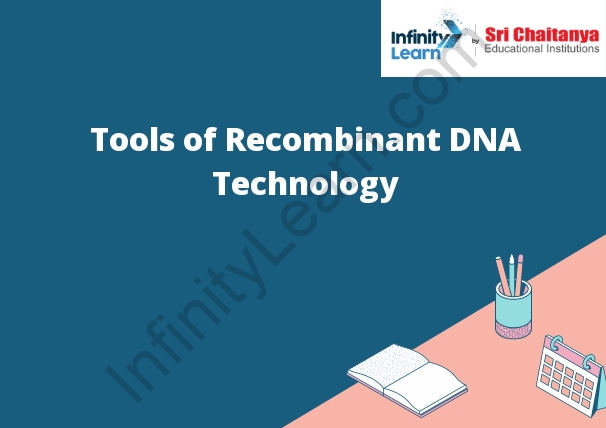Table of Contents
Tools used in Recombinant DNA Technology
Recombinant DNA technology employs a variety of tools to create new DNA molecules from fragments of existing DNA molecules. The most commonly used tools are restriction enzymes, which cut DNA molecules at specific sites, and ligases, which join DNA fragments together.
Restriction enzymes are proteins that recognize specific sequences of DNA and cut the molecule at those sites. Ligases are enzymes that join DNA fragments together. They catalyze the formation of a phosphodiester bond between the 3′ hydroxyl group of one DNA fragment and the 5′ phosphate group of another.

Cloning Vectors
Cloning vectors are molecules used for the cloning of DNA fragments. They are derived from plasmids or bacteriophages, and are typically composed of a cloning site, a selection marker, and a DNA sequence encoding a protein that confers antibiotic resistance.
Recombinant DNA Technology
Recombinant DNA technology is a technique used by scientists to combine DNA from different sources into a single molecule. This technique is also known as gene cloning. Scientists use recombinant DNA technology to produce genetically modified organisms, such as crops and animals.
Tools of Recombinant DNA technology
The tools of recombinant DNA technology are the enzymes and other chemicals used to cut and join DNA molecules. These tools include restriction enzymes, DNA ligases, and polymerases.
Restriction Enzymes:
Restriction enzymes are enzymes that cut DNA at specific sites. They are used in genetic engineering to cut DNA strands into specific pieces.
Vectors
A vector is a mathematical object that has both magnitude and direction. It is represented by an arrow in a two-dimensional or three-dimensional space. Vectors can be added and subtracted, and their magnitudes can be multiplied.
Host Organism
The host organism is the living being in which a parasitic organism lives. In many cases, the host is unaware that it is hosting a parasite, as the parasite often resides in an area of the body that does not cause any harm. However, in some cases, the presence of a parasite can cause the host organism to become ill.
Steps of Recombinant DNA Technology
The recombinant DNA technology is a series of steps that are used to create a new DNA sequence. The steps are:
1. Isolation of DNA
2. Creation of a vector
3. DNA recombination
4. Selection and amplification
5. Cloning
6. Sequencing
Role Of DNA And Tools Of Recombinant DNA Technology
DNA is the carrier of genetic information. Recombinant DNA technology is a tool used to manipulate DNA. It is used to cut and paste pieces of DNA from different sources together. This can be used to create new genes, or to modify existing genes.









